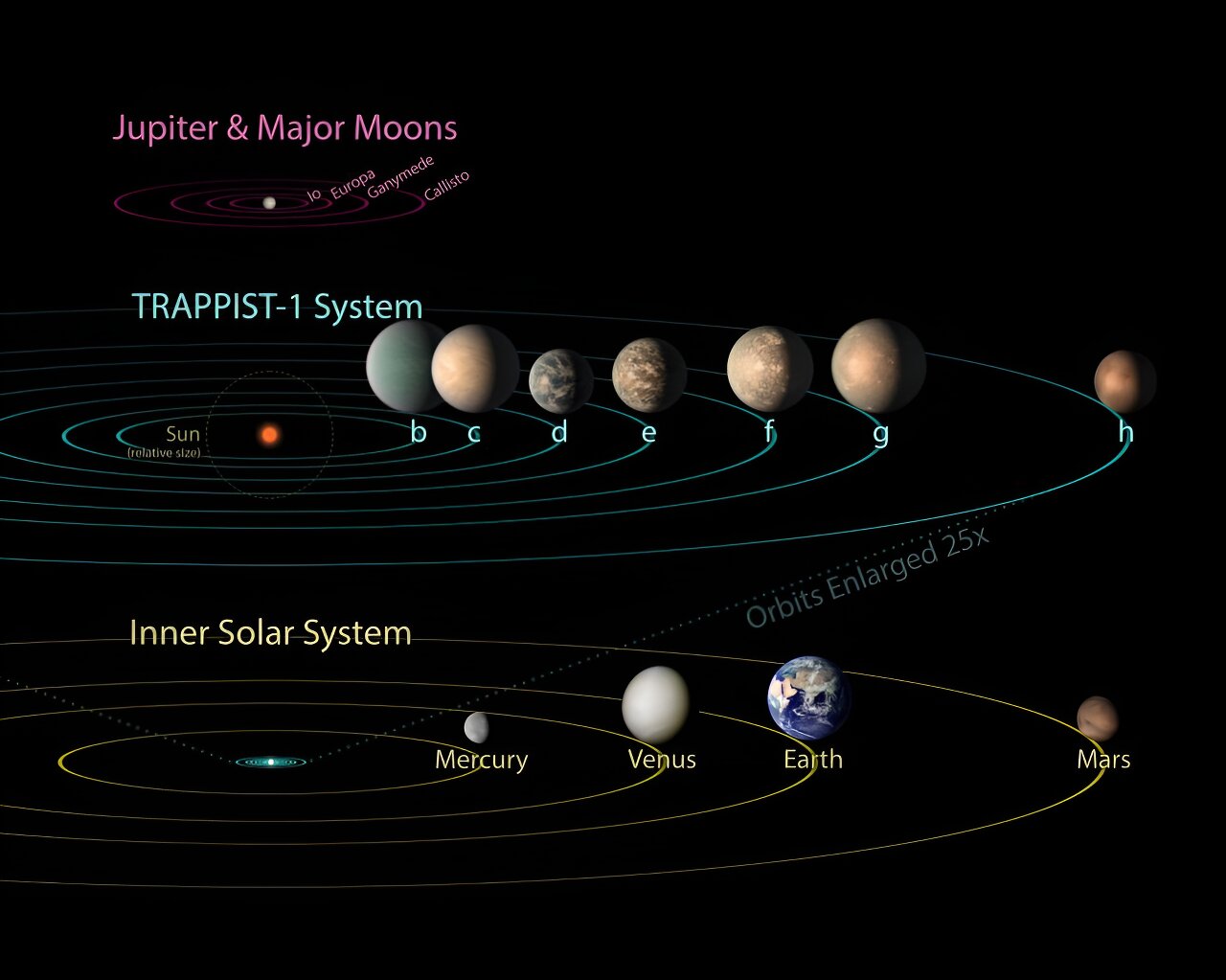TRAPPIST-1 is an amazing star system with seven Earth-like planets spinning in orbits that are very close to each other. Recently, scientists were able to create a simulation that would explain all the features of this star family.

Star systems
A team of American scientists recently published a paper explaining the early evolution of the TRAPPIST-1 star system. This is one of the first studies to explain why planets orbit a star exactly as we see it, but it doesn’t involve the Sun and Earth.
The fact is that although the theory of planet formation from a gas-dust disk is considered well developed, in practice the only truly multi-planet system for which mathematical simulations of how bodies in orbits interact with each other over billions of years have been repeatedly done is our own.
And the fact that we are still judging such complex things based on just one example is not really going to be a good thing. Because the diversity of systems tells us that each case may be unique, especially where the planets are in resonance, that is, their orbital periods relate to each other as integers.
TRAPPIST-1
The TRAPPIST-1 system, 40 light-years away from us, was a real gift for scientists. After all, there are as many as seven planets orbiting around the red dwarf, similar in size to Earth. The distances between their orbits are so small that they are in resonance, and it is quite unusual.
The most common resonances in orbital dynamics are 2:1 and 3:2. However, in the case of the planets in the TRAPPIST-1 system, we are faced with very strange resonances like 8:5 or 5:3. It is clear that they are the result of a long evolution of the system, but the way in which it occurred has only recently been modeled by researchers.
The model showed that the formation of the TRAPPIST-1 system took place in two stages. At the first stage, its inner part was formed. The four planets were even more tightly clustered then than they are now. They were all in a 3:2 resonance. However, it then began to expand until the orbits became modern ones.
At the same time, the current fourth planet was closer to the star at the very beginning, but in the process of evolution migrated to its present location. And only after all this began the second stage of formation, in which the three outer worlds of the TRAPPIST-1 system were formed.
According to phys.org


